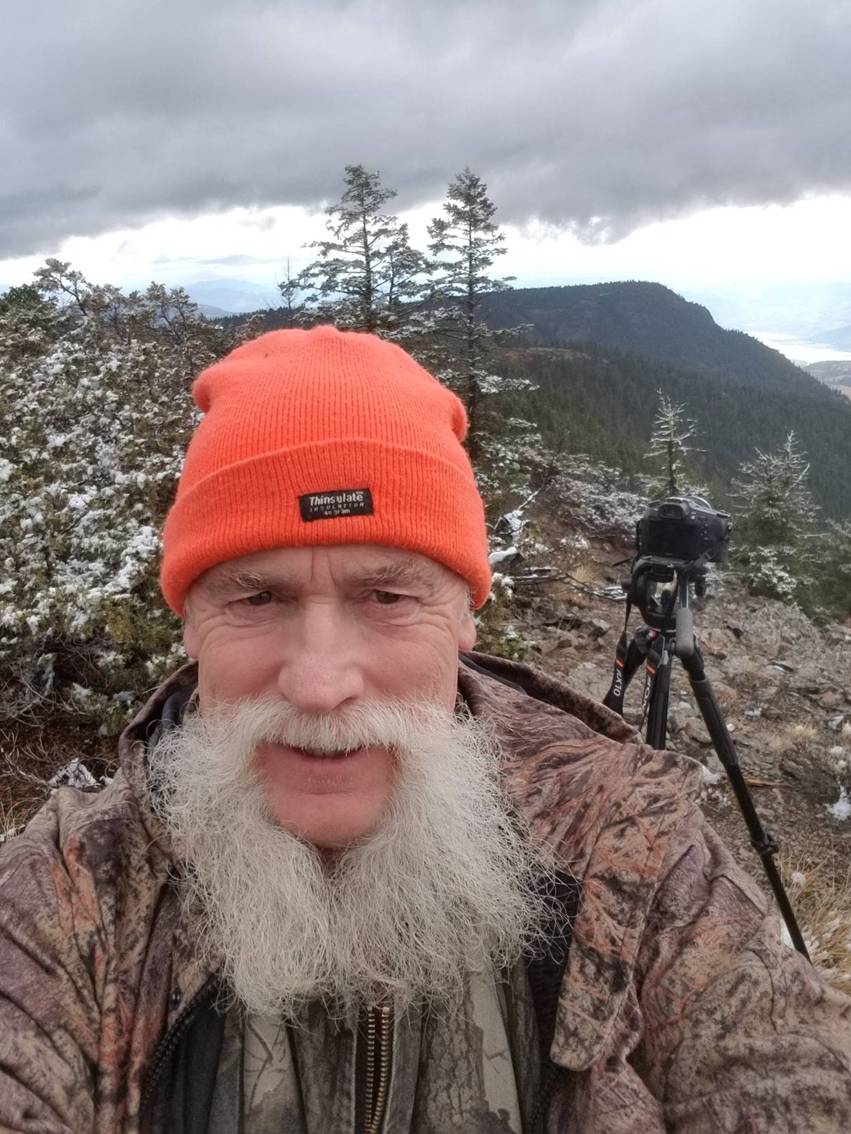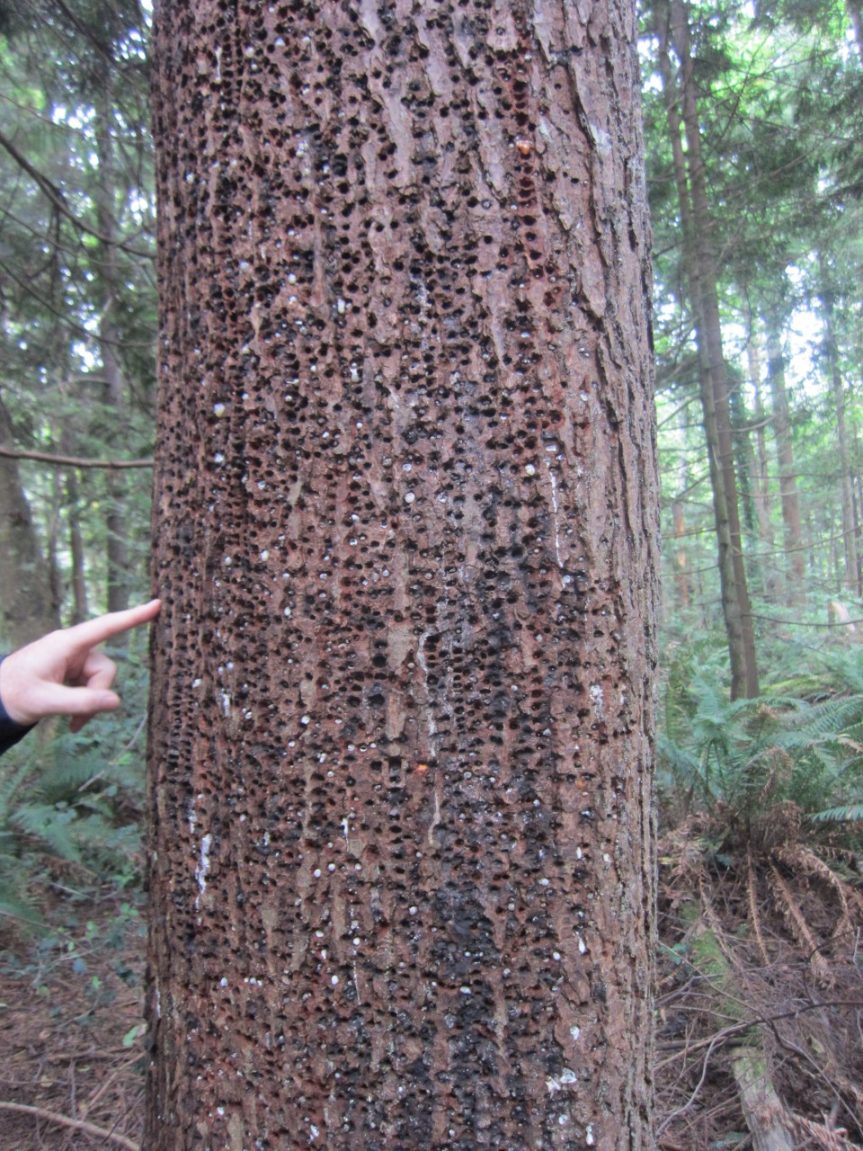Frank Ritcey – “What’s the connection? How to stay safe while figuring it out”
by Andrew Bryant, 12 Oct 2017.
Frank Ritcey grew up in the wilds of Wells Grey Provincial Park, and now divides his time between serving as Provincial Coordinator for WildSafe BC, host for CBC-Radio, and hunting wild creatures with camera.
He returned to Powell River to share more of his wonderful images and stories. This time his emphasis was on seeking connections in nature, and trust us – he’s found more than a few!
– Did you know that one can predict the likelihood of future bear encounters by looking at soapberries in June?
– Or that bullfrogs and bighorn sheep have much in common?
– Or that the number of chukar partridge is related to the number of cows?
After discussing wildlife encounters, electric fencing, amd the marvellous WARP (Wildlife Alert Reporting Program) Frank ended the evening with a selection of highly amusing videos, a few of which can be seen below.
Thank you Francine Ulmer & Wildsafe BC District of Powell River, for helping set up this unscheduled talk on such short notice!
Fun with trail-cams #1:
cougar close – up
Fun with trail-cams #2:
cougars and fawn
Fun with trail-cams #3:
don’t believe everything you see on the internet!





















